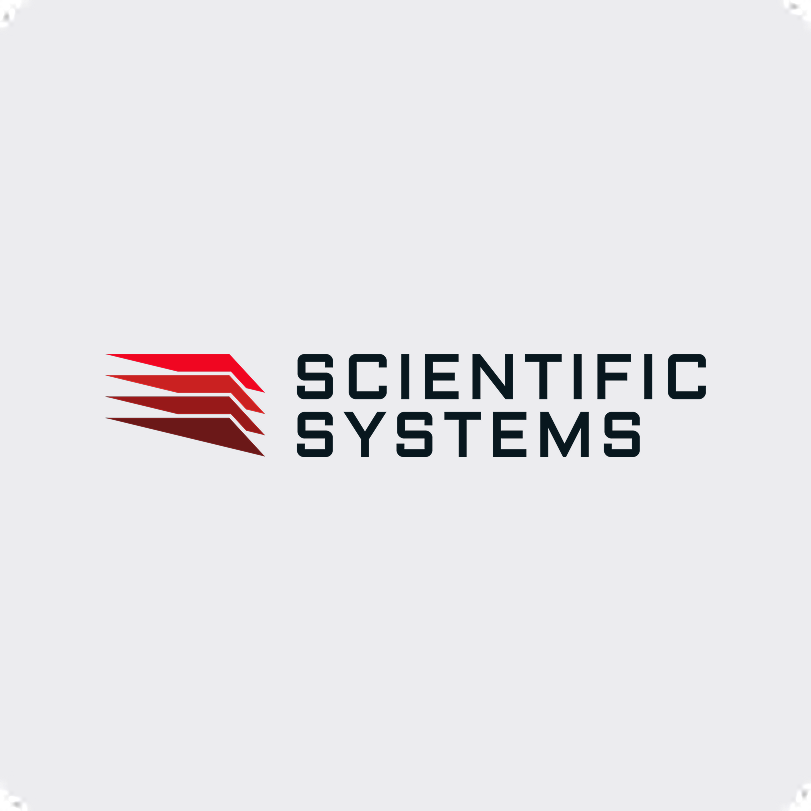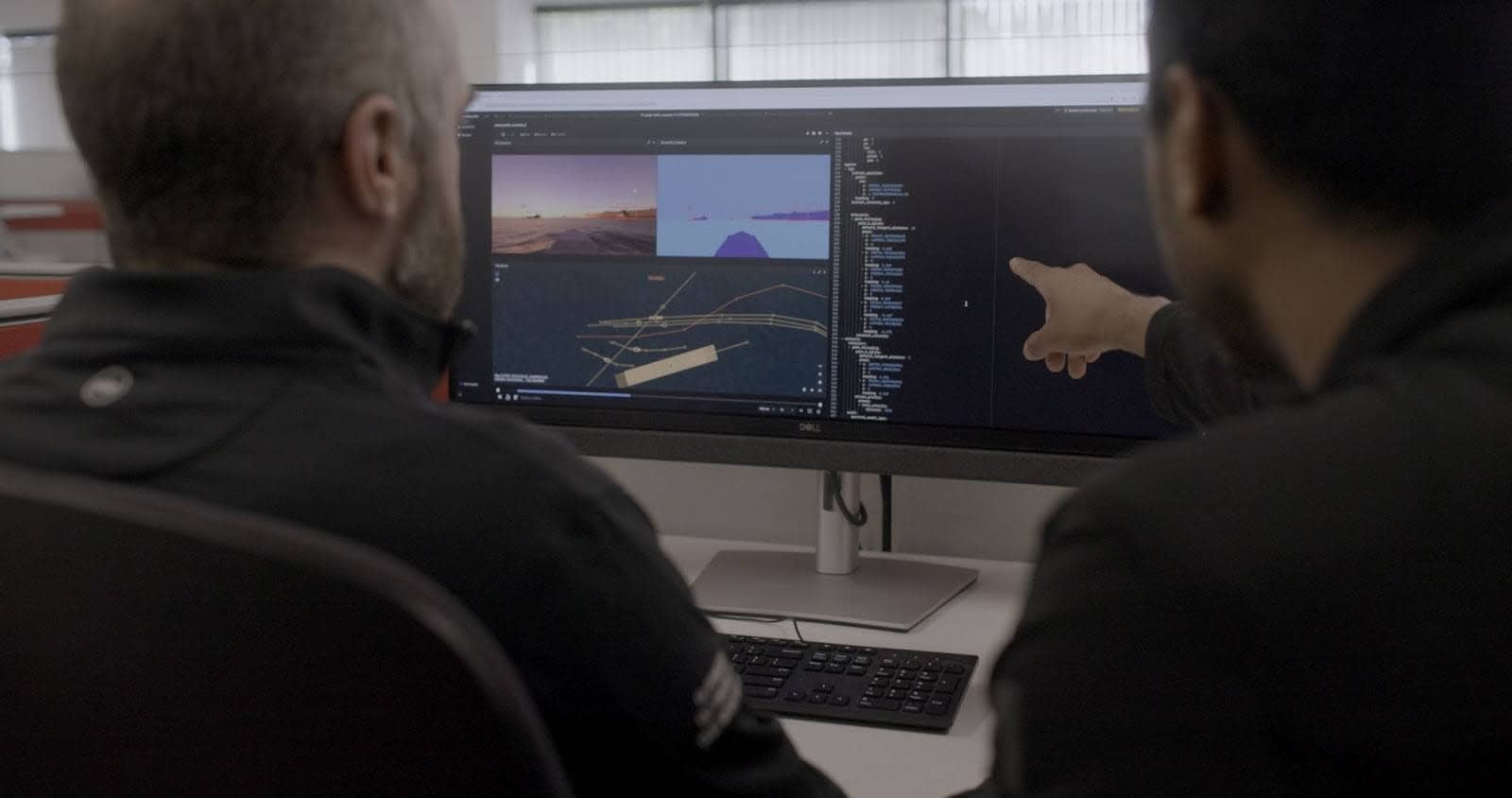.png)
Scientific Systems conducting a live trial within driving distance of its Boston offices

Advanced synthetic wave environment, enabling sensor development and validation across EO/IR, radar, and multimodal systems.

.png)


The combination of Axion’s capabilities and rapid co-development enabled Scientific Systems to:
This increase in testing throughput allows Scientific Systems to stress-test perception and autonomy stacks at a fraction of the time and cost, producing a “truthful fact sheet” for each simulation run that strengthens confidence in model performance and validation.

Scientific Systems is now able to deliver and validate advanced AI-driven autonomy for collaborative uncrewed vehicles—backed by realistic, robust synthetic data and a rapid iteration cycle, establishing trusted capability for U.S. defense customers.
“We want robust, swarming, adaptable systems,” said Abraham Shultz, a research engineer at Scientific Systems. “Simulation lets us explore those behaviors faster and with less risk, giving our engineers the bandwidth to focus on building the capabilities that matter most to the warfighter.”

With a scalable, digital-first approach and open-architecture collaboration, Scientific Systems continues to pioneer deployable autonomous solutions, supporting joint all-domain operations and transforming the operational landscape.